The Difference Between Massage and Soft Tissue Mobilization From a Physical Therapist
Massage and soft tissue mobilization may seem similar, but they serve very different purposes. While massage promotes general relaxation, soft tissue mobilization is a clinical technique used by physical therapists to improve mobility, reduce pain, and restore optimal function. Learn how these targeted methods — including Graston, active release, and dry needling — can help you recover faster and move better.
When it comes to recovery, many people think of massage therapy. And while massage can certainly help you feel relaxed, there’s an important distinction between traditional massage and the targeted soft tissue techniques used by physical therapists.
Massage Therapy: Relaxation and Circulation
Massage therapy is typically focused on promoting general relaxation, improving blood flow, and reducing overall muscle tension. Techniques like kneading, effleurage (gliding), and rhythmic strokes are used to help calm the nervous system and create a sense of ease throughout the body.
This can be incredibly helpful for stress relief and overall well-being—but it’s not always enough when you're dealing with pain, limited mobility, or recovering from injury.
Soft Tissue Mobilization: Clinical, Targeted Treatment
Soft Tissue Mobilization (STM), on the other hand, is a clinical approach used by physical therapists to address musculoskeletal dysfunction. It’s far more than just making muscles feel good—it’s about helping your body move and function better.
STM techniques are used to:
Break down adhesions and scar tissue
Reduce localized inflammation
Improve joint and muscle mobility
Restore optimal function
Reset the nervous system
This is often done using specialized tools or hands-on techniques that focus on specific structures—muscles, tendons, ligaments, and fascia—to get to the root cause of pain or restricted movement.
Why It Matters
If you’re struggling with persistent tightness, recovering from injury, or trying to optimize performance, you need more than just relaxation. You need a strategic approach that combines manual therapy with corrective movement.
My Approach: Recovery with Purpose
As a Doctor of Physical Therapy, I combine soft tissue techniques such as:
Graston (IASTM)
Active Release Therapy
Dry Needling
Alongside functional movement assessments and corrective exercise to deliver a comprehensive recovery experience.
This isn’t just about feeling good—it’s about getting better.
The Bottom Line
Massage therapy has its place in recovery. But when your goal is to reduce pain, move better, and perform at a higher level, soft tissue mobilization provides a clinical edge.
If you’re not getting the results you want from massage alone, it might be time to explore how physical therapy can help you take the next step.
The Secret Weapon You’re Probably Ignoring- Recovery
Most athletes train hard—but few recover smart. Recovery isn’t just rest; it’s the key to unlocking performance, reducing injury risk, and pushing your limits. Learn why recovery should be your secret weapon.
You train hard. You grind. You push through soreness, fatigue, and plateaus chasing results. But here’s the truth most people overlook:
Recovery isn’t a break from progress. It is progress.
If your training is the stimulus, recovery is the response—and without it, you’re just wearing yourself down. Performance gains happen between sessions, not just during them.
Here’s why recovery matters:
1. You’re not building strength during your workout—you're breaking tissue down.
It’s during recovery that your body repairs muscle fibers, replenishes glycogen stores, and adapts to the demands you’ve placed on it.
2. Ignoring recovery increases your injury risk.
Fatigued muscles can’t stabilize joints as effectively. Skipping proper tissue work, mobility, or deloads can lead to nagging overuse injuries—or worse.
3. Better recovery = better training quality.
If you’re dragging through your workouts, constantly sore, or plateauing, it’s not a lack of effort—it’s likely a lack of recovery strategy.
What does smart recovery look like?
It’s not just foam rolling and hoping for the best. True recovery involves:
Targeted manual therapy to address restrictions.
Strategic mobility work and movement assessments to optimize mechanics.
Nervous system reset techniques (like dry needling, joint manipulation, and soft tissue work).
Deliberate rest and recovery protocols tailored to your training goals.
As an elite physical therapist, I’ve worked with athletes from all walks of life, and the common thread?
The ones who recover well, perform better. Period.
Recovery isn’t optional. It’s the foundation of longevity, resilience, and peak performance.
If you’re training like an athlete, you should be recovering like one too.
Let’s talk about how you can level up your recovery game.


